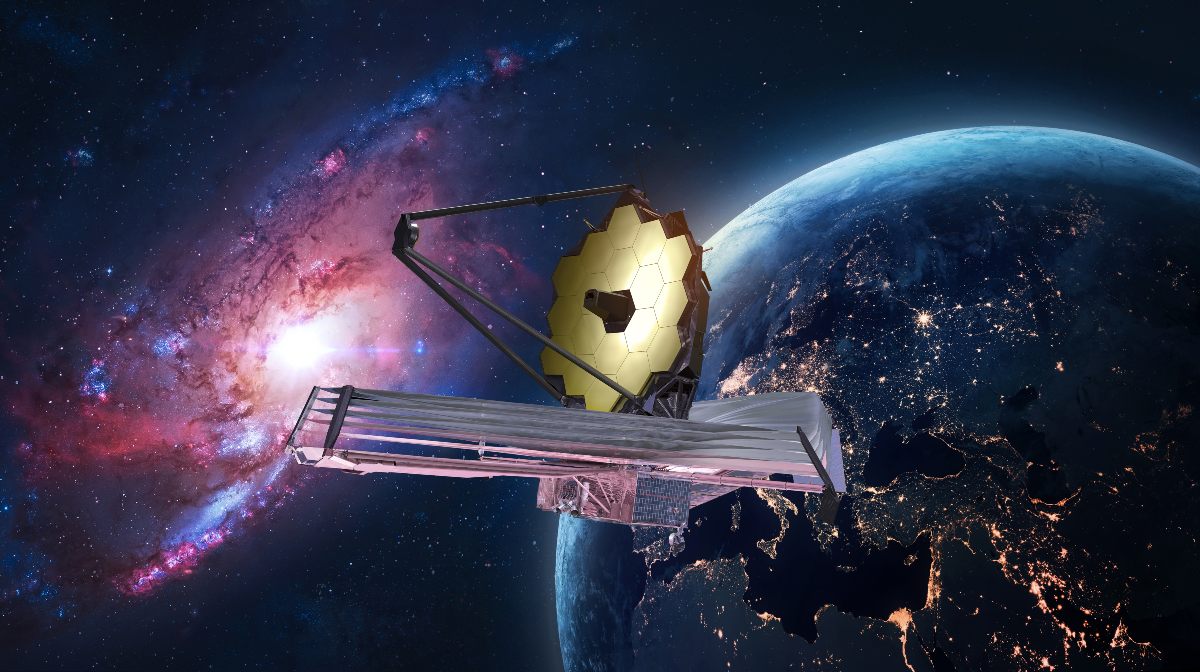Several institutions are researching the use of solar energy as a sole source of power, providing solutions to climate change.
Those working together are the Instituto de Ciencia de Materiales de Madrid (also known as ICMM-CSIC) and the Instituto de Óptica (IO-CSIC).
The European Union contributes to solar energy research by providing funding
All these organizations collaborate in the “Adaptation” program. This has been created to research the creation of new devices that help to avoid climate crises by facilitating the adaptation to the use of less polluting energies. The European Union funded this research with 3.6 million euros.
What will these new solar-powered devices do?
The tools created by the research team will absorb solar energy. They will then transform it into electricity. They wanted to equip the machines with a special cooling system to avoid energy losses. The goal is to make them sustainable tools.
The project will be led by CSIC, the International Iberian Nanotechnology of Braga in Portugal, the University of Minho in Portugal and the University of Vigo in Galicia.
Its researchers explain what they want to do
Pedro David García, researcher at ICMM-CSIC, explained that most solar energy devices, such as panels, tend to lose efficiency as they become hotter.
According to his reasoning, “the integration of photovoltaic or solar energy harvesting technologies are incompatible with technologies that allow efficient temperature management”.
Now what they are looking for is to combine everything in a single material. In this way, they aim to ensure a good thermal response, making the most of natural solar energy.
To achieve their goals, they have relied on quantum biology. The team’s inspiration is based on the natural process of photosynthesis. Sara Núñez-Sánchez explained that plants survive because they know how to transport energy thanks to non-trivial quantum phenomena.
Something they want to mimic in the device they are researching. Therefore, the device will be able to absorb natural sunlight and transport it, having thermal control capabilities.
Nature, the basic idea of the project
To achieve this, they will mimic the structures of natural photosynthetic tissue at the molecular level by generating new materials that will form the original structure of the device.
Martín López, INL researcher, explained that all the “structures” they will use will have their origin in nature, since they will be inspired by natural systems to achieve their objectives.
Rosalía Serna from IO-CSIC, added that they will study which type of nanostructures will be the most suitable, observing how light will react to the material. For the cooling process of the device, scientists will emulate the processes that the Earth does in desert areas.
It is known that the nanodevices they will develop will be flexible. They will also comfortably cover any type of flat surface such as walls and vehicle roofs.
They will have a dual function: they will provide energy and keep the temperature stable, great conditions to help end the energy problems of recent years. What do you think of the idea?




